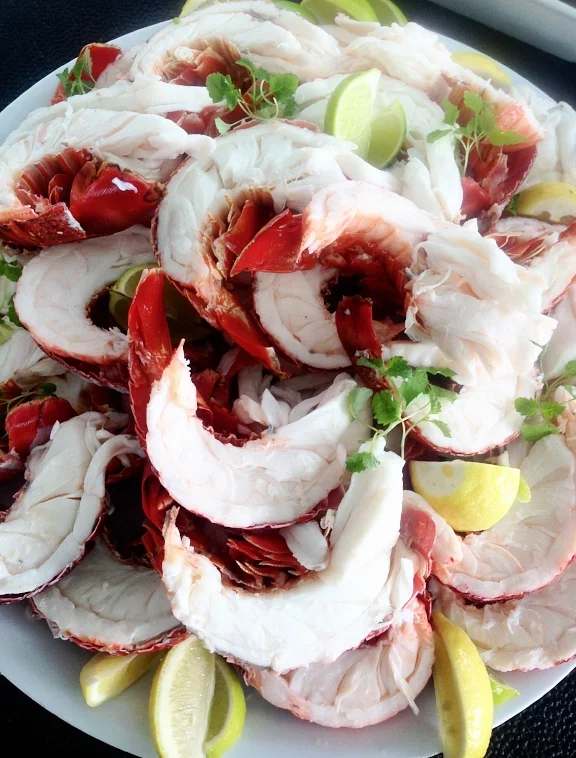“Lest We Forget……” A squeaky, out of tune bugle demands respectful silence as it struggles to lament the Last Post. Anzac Day in the middle of the Indian Ocean. How did I end up here?
The Australian flag flaps quietly as waves crash on the beach below. Anzac biscuits are distributed, sausages start to sizzle and the fizz of beer bottles opening all mix with the hum of anticipation………. Let the Two-Up games begin.
I shuffle in close to join the circle of cray fishing families and privileged visitors, all waving 50 and 100 dollar notes. “Fifty heads” one woman cries…… “One hundred tails” yells a well-lubricated fisherman. And so it continues for three hours. A man everyone calls ‘Doc’ steps into the circle, he looks vaguely familiar with his sandals and rather prominent ears ……. ‘Head ‘em up Doc! Head ‘em up!’ a true-blue Aussie fisherwoman squawks. He hastily flips the coin in the air; it lands on tales. There is a groan from the crowd. Money changes hands, beer flows. I take a closer look and realise that ‘Doc’ is in fact British actor Martin Clunes – Doc Martin. Well, I wonder, how did he end up here? I later find out that Martin Clunes was visiting the Abrolhos Islands whilst filming his series "Islands of Australia".
I had no idea when I accepted a freelance cooking position on a yacht, that I would end up anchored overlooking some of the most beautiful and remote islands in the world. The Abrohlos Islands are 122 islands located 60km north west of Geraldton on Western Australia’s Coral Coast.These islands are divided into three groups: the Wallabies Group, the Easter Group, and the Pelsaert Group, surrounded by 90 kilometres of Indian Ocean abundant with marine life. The reefs here have claimed many vessels, including in 1629 the Batavia. The seas are treacherous, the sharks curious, and the crayfish abundant.
As the skies begin to darken and the wind rises, the visiting boating community clamber back into their dinghies and allow the small seasonal population that resides in the island’s fishing shacks to return to their quiet existence. It has indeed been a local experience like no other.
The next day I prepare the popular and highly-prized west coast crayfish, or rock lobster as some might refer to it for lunch on deck. Straight from the pot, poo trail removed and into boiling water. I whisper 'I'm so sorry little guy", to each not-so little crustacean that I lower into the water. 10 minutes later, out they come, sliced straight down the middle, then drizzled with melted garlic and native basil butter topped with crispy WA Samphire and lemon. The flesh is sweet, succulent and meaty.
I gaze out at the azure water and beyond on the horizon the almost blinding white sand of Turtle Bay. I reflect on this morning's swim break, below me exotic purple and blue corals inhabited by Dhufish and Coral Trout, above me circling white-bellied sea eagles. I think about the local cray fishermen who allowed us for half a day to become part of their closed circle. On Anzac Day, I ended up in one of the most beautiful places on earth.

